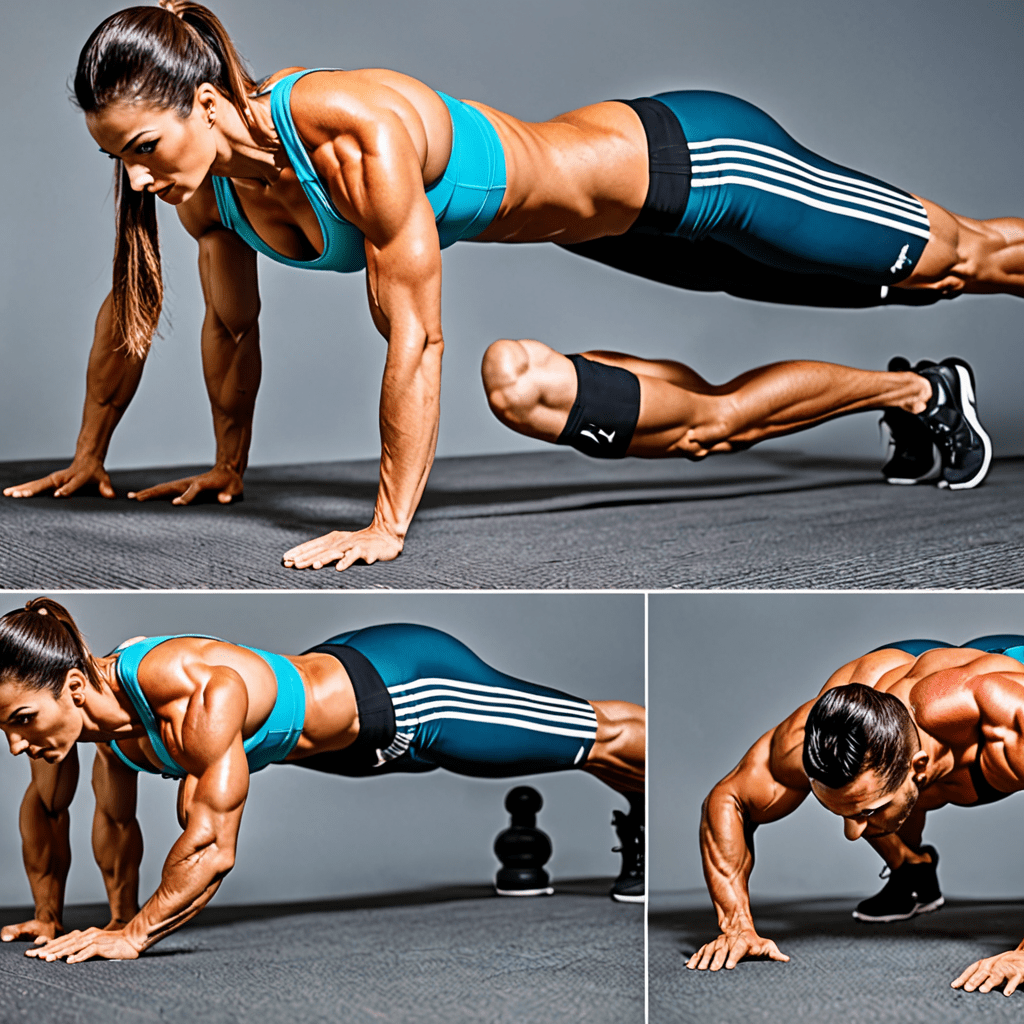
Mastering Push-Ups and Plank: What You Need to Know
Whether you’re a fitness enthusiast or a beginner looking to improve your strength and endurance, mastering push-ups and plank exercises can bring immense benefits to your workout routine. In this article, we’ll explore the significance of push-ups and plank, compare the two exercises, and provide insights into how to incorporate them into your fitness regimen.
The Power of Push-Ups
Push-ups are a classic bodyweight exercise that target multiple muscle groups, including the chest, shoulders, triceps, and core. Mastering the perfect push-up not only builds upper body strength but also improves overall stability and endurance.
Unlocking the Benefits of Plank
Plank is a fundamental core-strengthening exercise that engages the entire midsection, including the abdominal muscles, obliques, and lower back. Holding a plank position helps improve posture, enhances core stability, and can contribute to a stronger, injury-resistant body.
The Push-Ups vs. Plank Debate
Comparing push-ups and plank exercises may seem like comparing apples to oranges, but understanding the unique benefits of each can help you tailor your workouts for maximum effectiveness. While push-ups primarily target the upper body, plank exercises focus on core stability, making them complementary in a well-rounded fitness routine.
Push-Ups and Plank: Quantity vs. Endurance
When it comes to the number of repetitions, push-ups are often associated with quantity, while planks emphasize endurance. With push-ups, the goal may be to perform a certain number of reps, while holding a plank challenges your ability to maintain a static position for an extended period, enhancing muscular endurance.
Incorporating Push-Ups and Plank into Your Workout Routine
Combining both push-ups and plank exercises in a workout routine can offer a balanced approach to strengthening different muscle groups. Whether you’re aiming for muscle growth, endurance, or overall functional fitness, integrating these exercises in various formats can contribute to a well-rounded workout regimen.
Frequently Asked Questions
Q: Can push-ups and plank exercises be modified for beginners?
A: Yes, both push-ups and plank exercises offer modifications that cater to individuals at all fitness levels. For push-ups, incline or knee push-ups can be performed to reduce the intensity, while forearm planks or knee planks provide accessible variations for beginners.
Q: How often should push-ups and plank exercises be incorporated into a fitness routine?
A: It is recommended to include push-ups and plank exercises 2-3 times per week, allowing for adequate rest and recovery between sessions. However, the frequency can be adjusted based on individual fitness goals and overall workout structure.
Q: Can push-ups and plank exercises contribute to improved posture?
A: Yes, both push-ups and plank exercises engage the core muscles, which play a vital role in supporting good posture. By strengthening the core and stabilizing the spine, these exercises can contribute to better posture and reduced risk of back-related discomfort.


